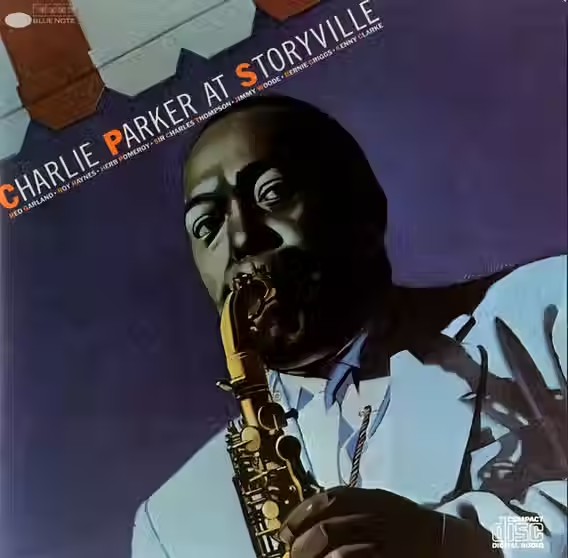Excerpt from piece on greatest hits albums
- Colin Fleming

- Aug 15, 2022
- 4 min read
Monday 8/15/22
More than a Door
Greatest hits albums, second looks, kissing cousins, and some Sam Cooke.
Is there a form of album in all of popular music more useful, more misunderstood, and then most often discarded as the greatest hits record? If you love music, you’re certain to have had a relationship with them, though I’d wager they’ve been akin to an old flame for a long time now, warmly remembered, but come the close of day, you’re not taking to the same bed.
When you start in on listening to the Beatles, say, it’s probably not with the White Album or With the Beatles, unless you’re an especially hip newcomer, but I’d doubt your sincerity, if I’m being honest. I would say it’s not even best to start there, one of those paradoxes of the listening experience. It’d be like all of a sudden standing in the center of a house, when you’ve not come through the front door yet.
That’s a greatest hits record—they get you in the joint. You fall in love with them hard for however long a period. You play the hell out of them. You can be doing your homework for school, pining over your crush, playing with your pen, eating some chips, and yet as you do all of these things, you know every note that’s coming on that greatest hits album and tap your foot and sing some words as if you were in that band. Every single slight crease of sound is known intimately by you.
But woe is the greatest hits album—the very concept—because rarely do they feature in the histories of popular music. They are vessels of nostalgia. Think about it: have you ever witnessed the Beatles’ Red Album discussed as an album? Never, right? It is talked about warmly, lovingly, as a vital rite of passage, but you won’t find it referenced in the same sentence with Sgt. Pepper until right now.
I wrote my 33 1/3 book about Sam Cooke’s Live at the Harlem Square Club, 1963, and you need not be a sleuth born of Agatha Christie’s imagination to glean from the title that the LP is an in-concert document. Greatest hits albums and live records are kissing cousins who could wander off from the crowd at the family reunion and discuss their shared purpose and lot in life. Each is meant as a holding pattern in an artist’s career. They are made quickly. The studio albums are the “work.” With a live album, you set up the equipment, capture the gig, or a series of them—these outings were going to happen anyway—and then you put out a single show, or cherry-pick, and it’s hello new LP! With the greatest hits, you go back over what already exists and if it was a chart hit, it’ll likely be plucked for the record.
Greatest hits records and live albums usually have a lot of tracks in common. I love the idea of a band doing a live album of new material, but that doesn’t much happen, does it? Picture yourself having gone to the record store to buy KISS’s Alive in 1975, all geared up to do some home head-bangin’ with the hottest rock and roll band in the land, and there were all of these new songs you’d never heard before and a Nat King Cole cover sung by Peter Criss. That’d be a whole new brand of album. Radiohead could do it. Most bands couldn’t—though there are those studio cuts at the end of Alive II, for what they’re worth.
An album I really wish we got, which we didn’t, was the Beatles live at the Cavern in 1963. George Martin harbored the idea as a possible option for their first long-player, before they essentially cut a live record in the studio with Please Please Me. Can you imagine, though? A sweaty Cavern session, so hot that you could practically feel the moisture running down your walls at home, and Johnny Moondog tearing through “Some Other Guy?” Would they have gone on to do what they did? Or would they have been forgotten save to music collectors and fans deep in the know, who cherished this weird, stomping, blast of British beat and rhythm and blues? I can imagine original pressings going for four figures on eBay.
Sam Cooke has one of those greatest hits albums that works as a self-contained statement of dramatic artistic purpose, though it wasn’t as if he put it together. We’d be wise to recognize the greatest hits LPs that function as such, because they have their place alongside a Revolver, a Dark Side of the Moon, a Who’s Next, an Exile on Main Street, an OK Computer, a Blonde on Blonde, as documents that can merit study and are timeless. The best of them—the first from Dylan, Jimi Hendrix’s Smash Hits, Elvis’s 50,000,000 Elvis Fans Can’t Be Wrong (one assumes not)—don’t just get you through the door: they can be an entire house itself. They’re happy accidents in a way, because they weren’t designed to be art with a vision; they were created as a stop-gap productive-shifter. Nonetheless, there can be more than meets the ear.




Comments